The Birmingham Allotment Project
Wotta Lotta Culture!*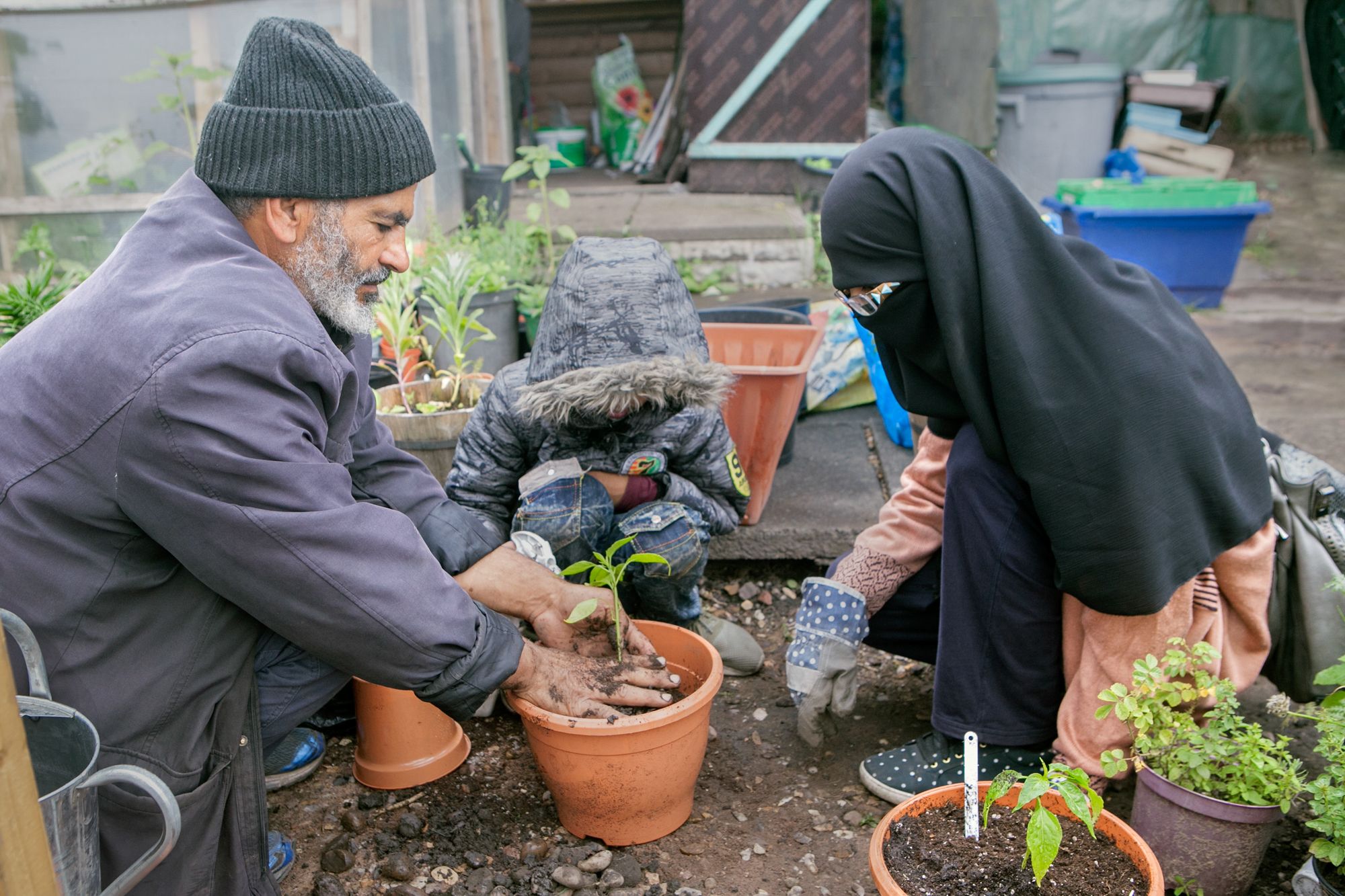
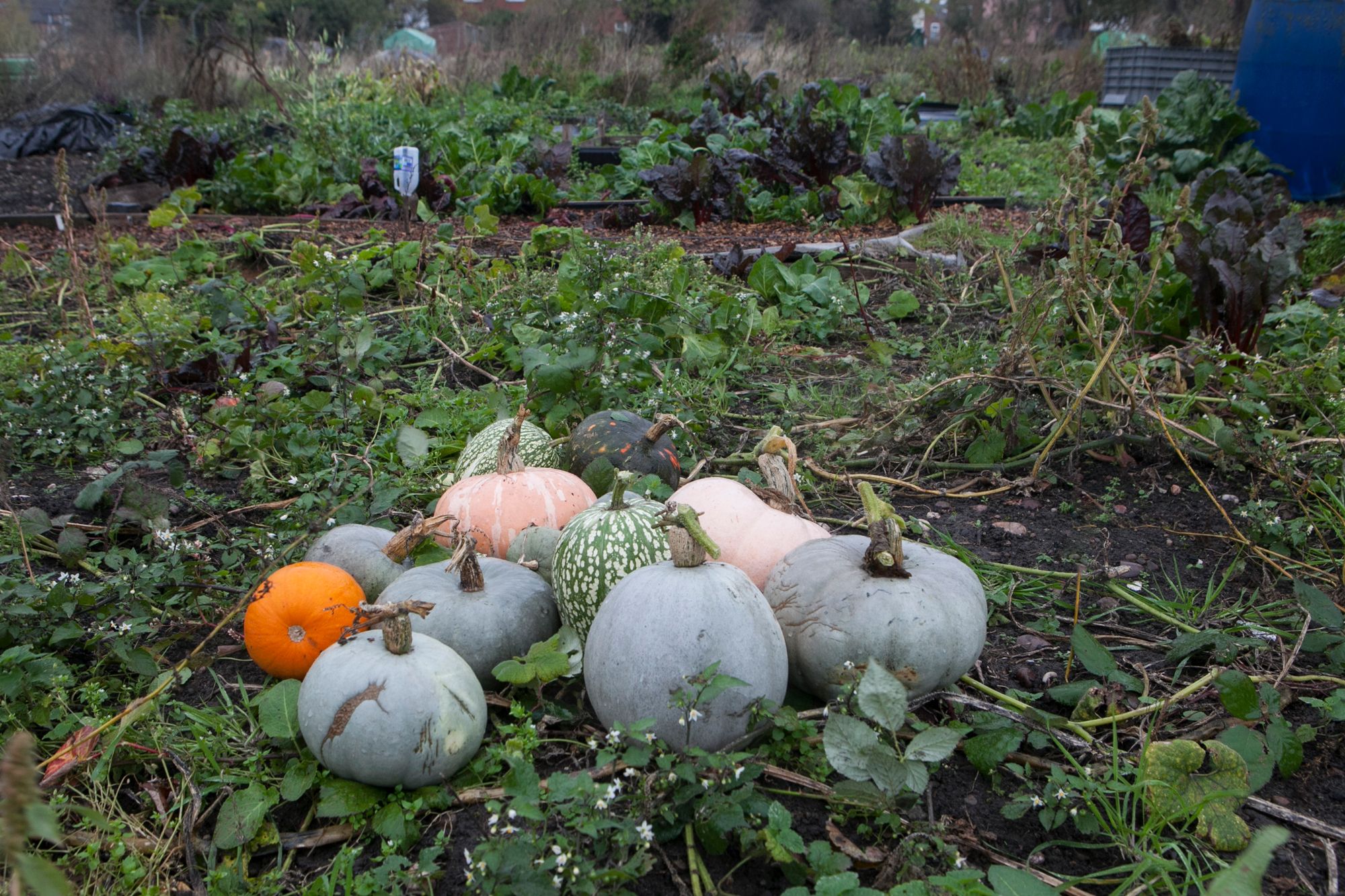
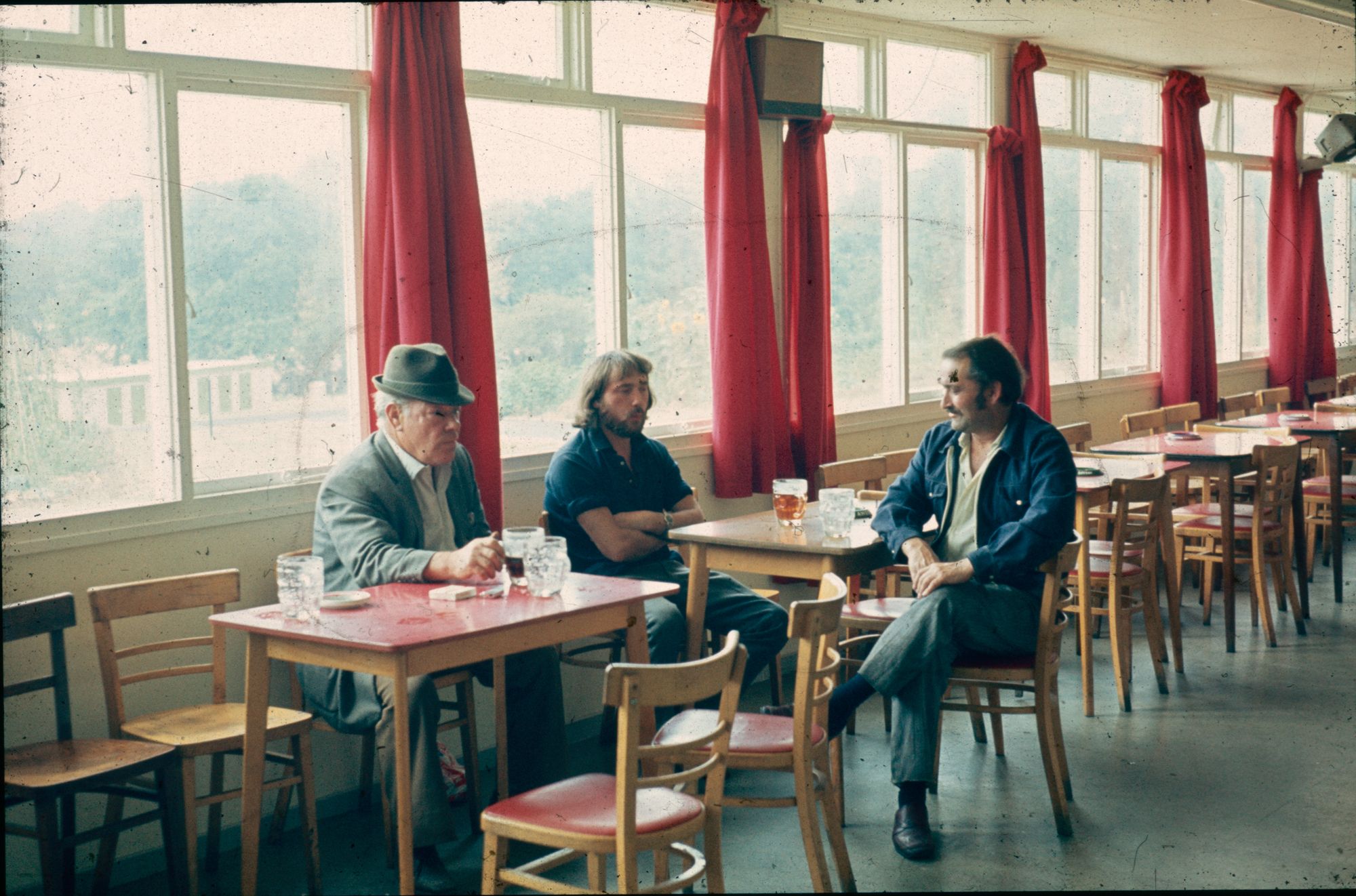
© Research on Allotments in Birmingham © Wilf Trust. Courtesy of Four Corners

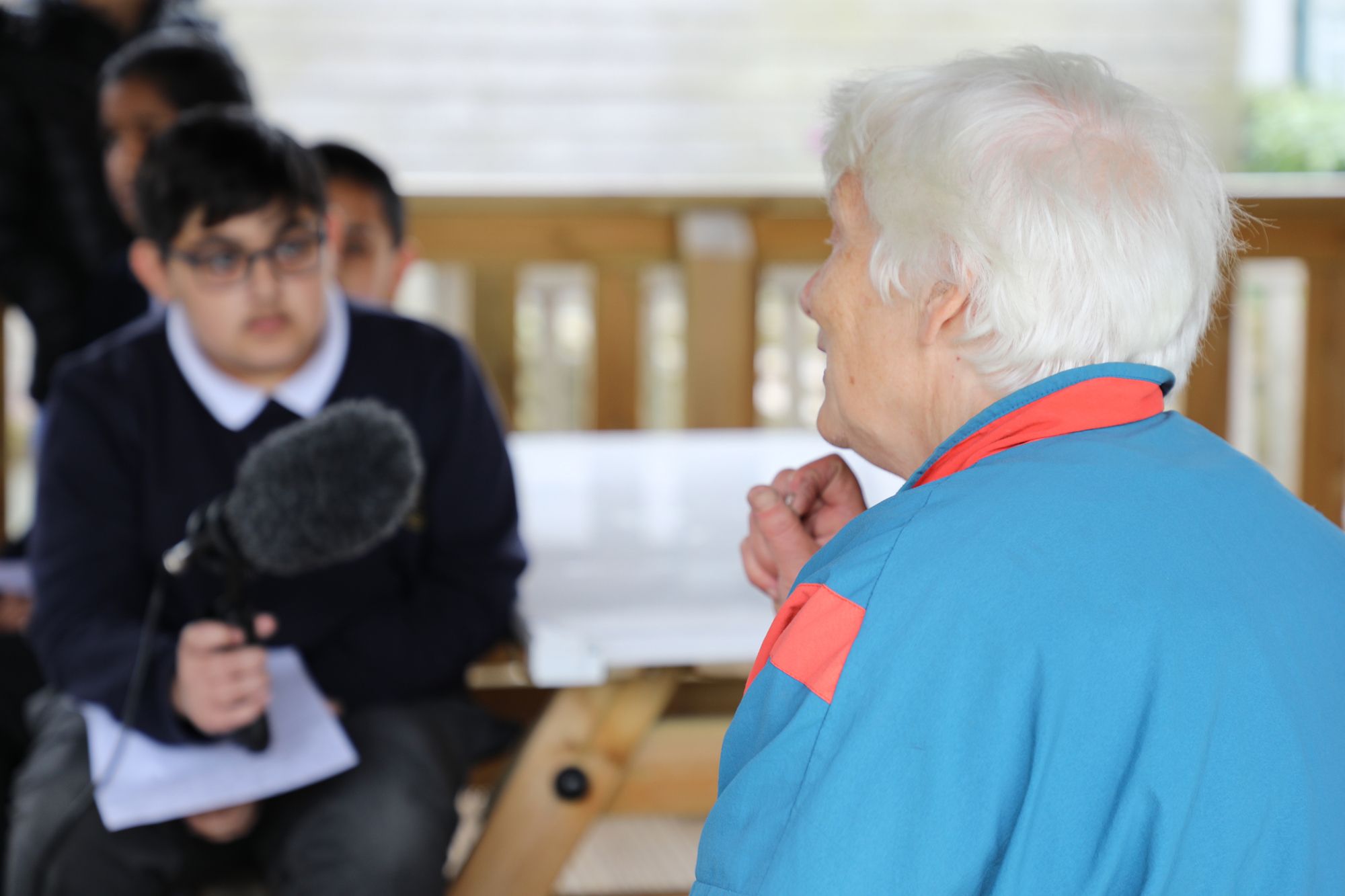
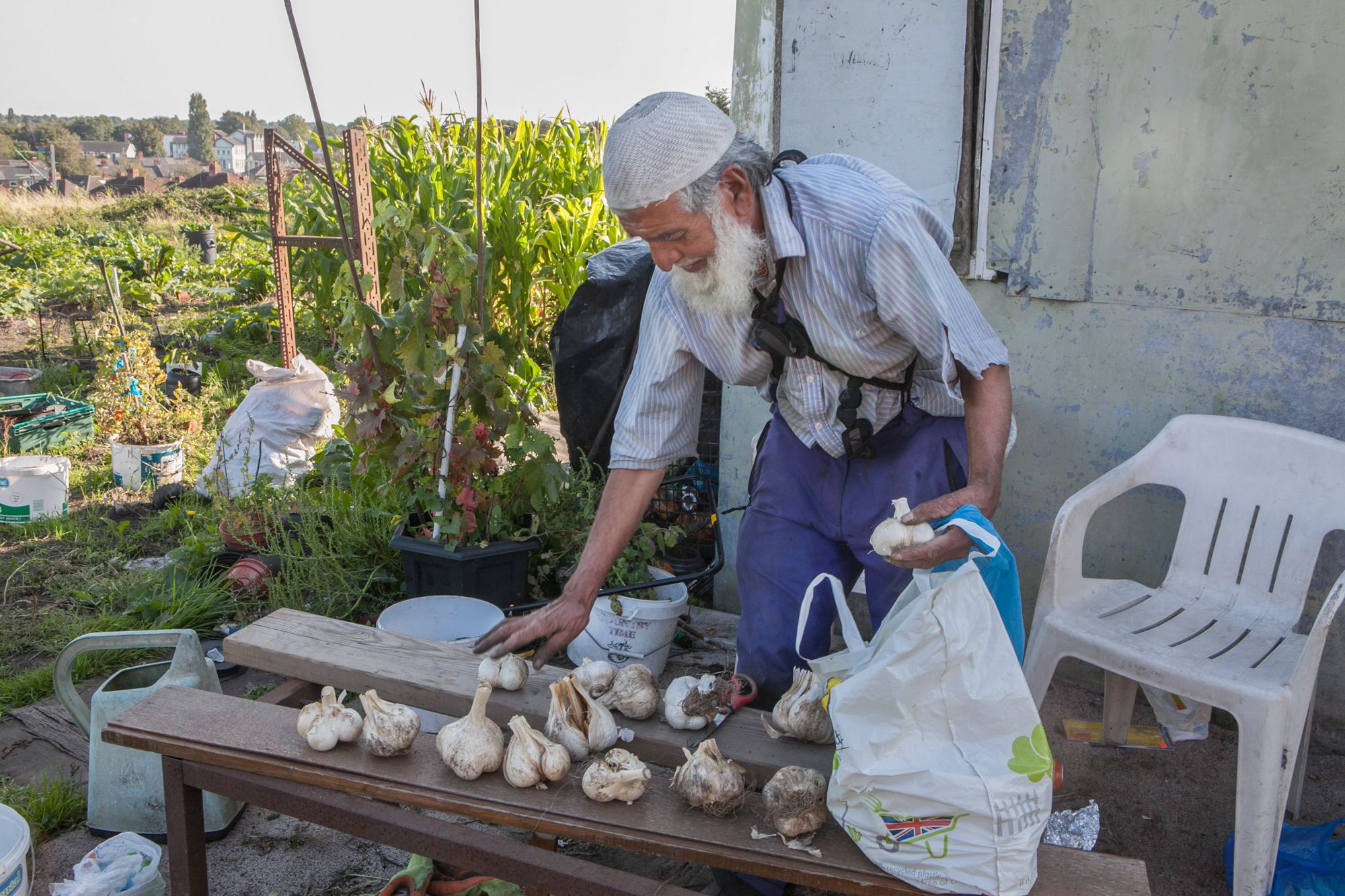
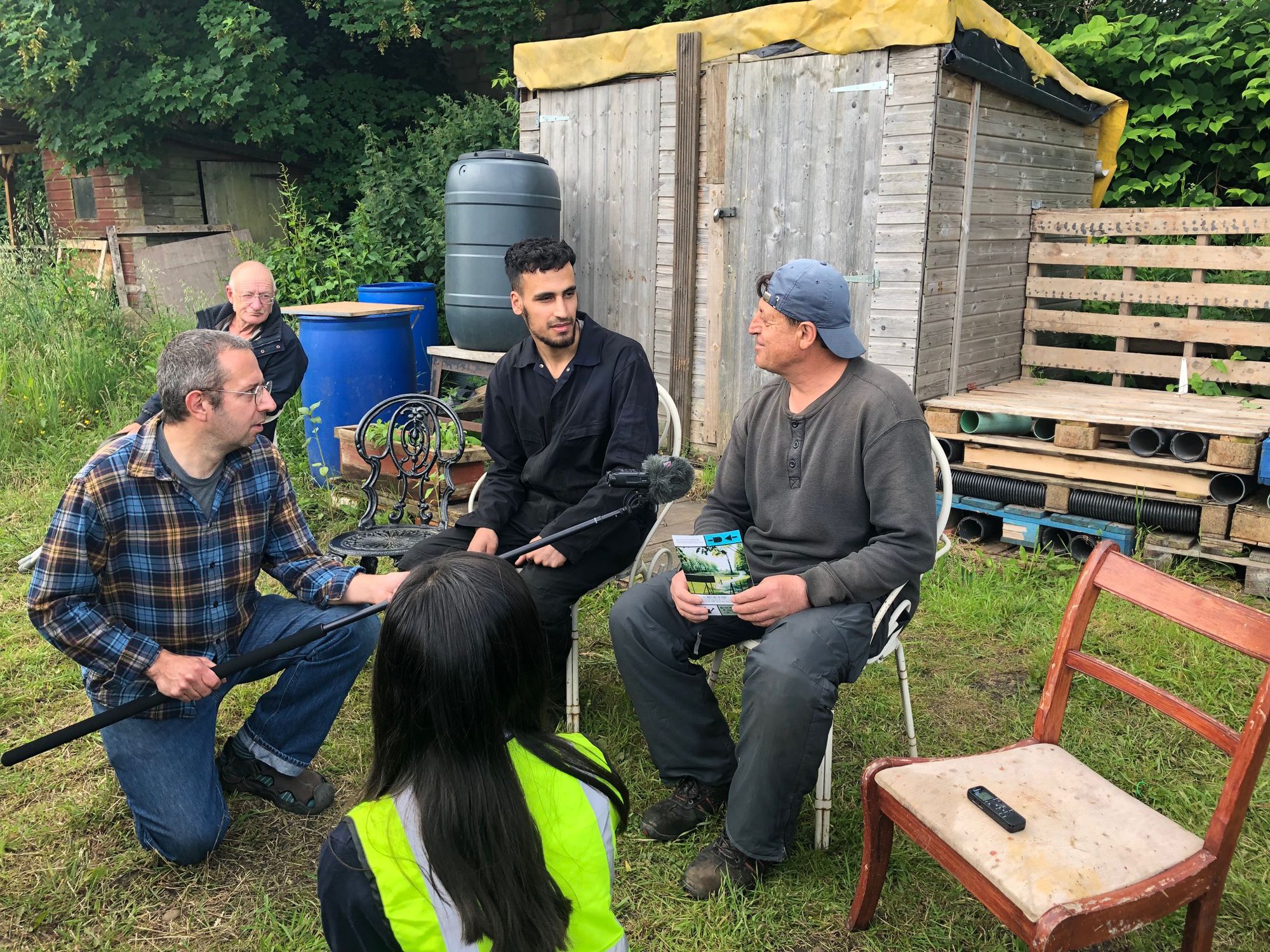



© Research on Allotments in Birmingham © Wilf Trust. Courtesy of Four Corners




An oral history project by General Public, celebrating one of Birmingham’s greatest hidden assets.
Working closely with Birmingham and District Allotment Confederation, allotment associations, plot-holders city-wide and a committed volunteer team, the project presents an alternative social history of Birmingham via its allotment culture.
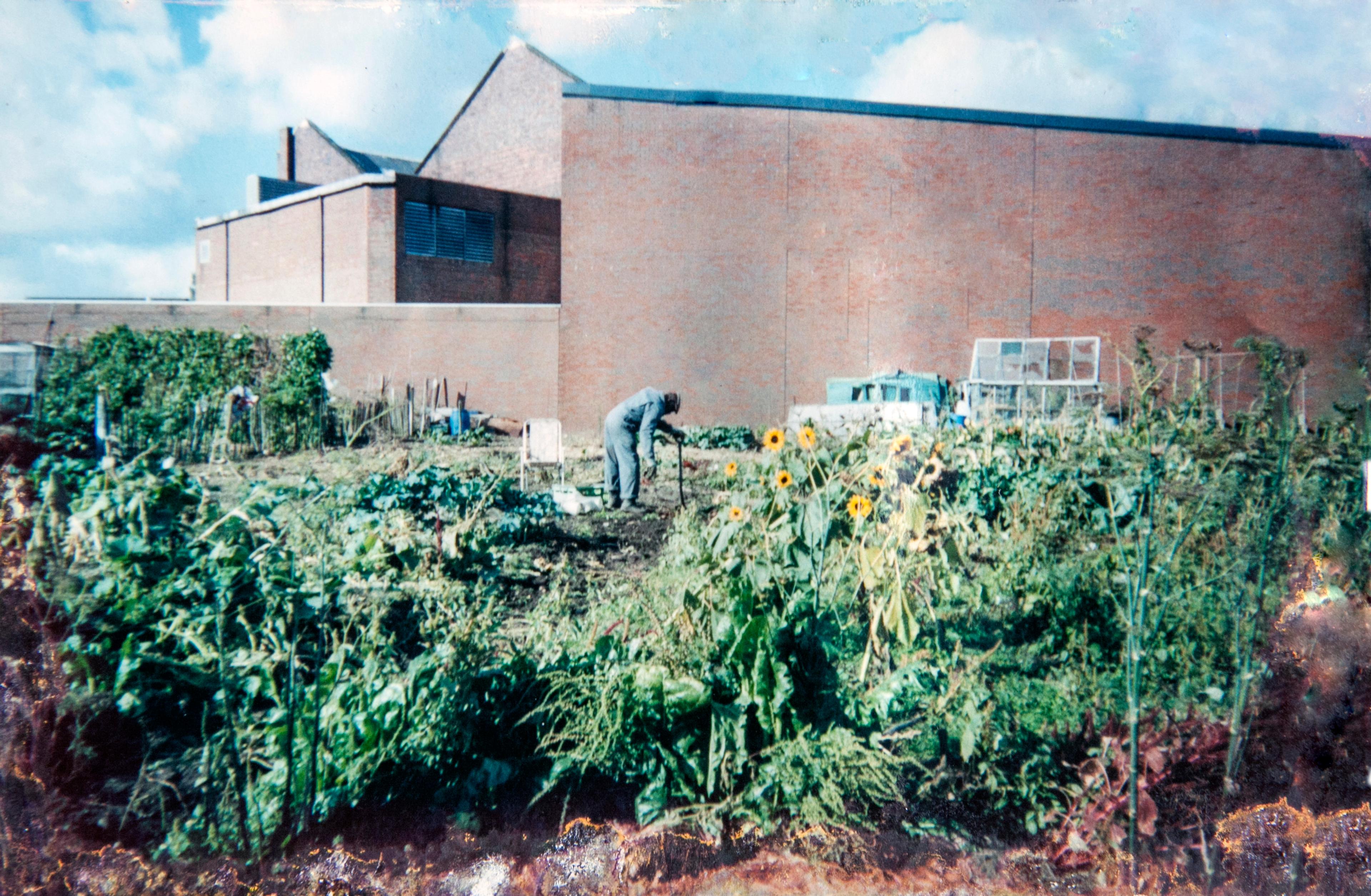
Birmingham has 113 allotment sites spread across 631 acres and nearly 7,000 plots more than any other local authority in the UK. At one point in the late 1960s, Birmingham was known as the ‘allotment capital’ of the UK.
The project aims to encourage people to learn about the history of allotments and articulate why – in the context of environmental catastrophe – they are more important to the city than ever before.
The project included:
- Recording memories and stories: 40 oral histories with plot holders and members of allotment associations
- Volunteering opportunities: training in how to make oral histories and helping to shape the project
- A major exhibition at the Library of Birmingham
- Working closely with local schools to train young people in making oral histories and a wider allotment cultural programme
- Creating a website, newspaper and Birmingham allotment archive.
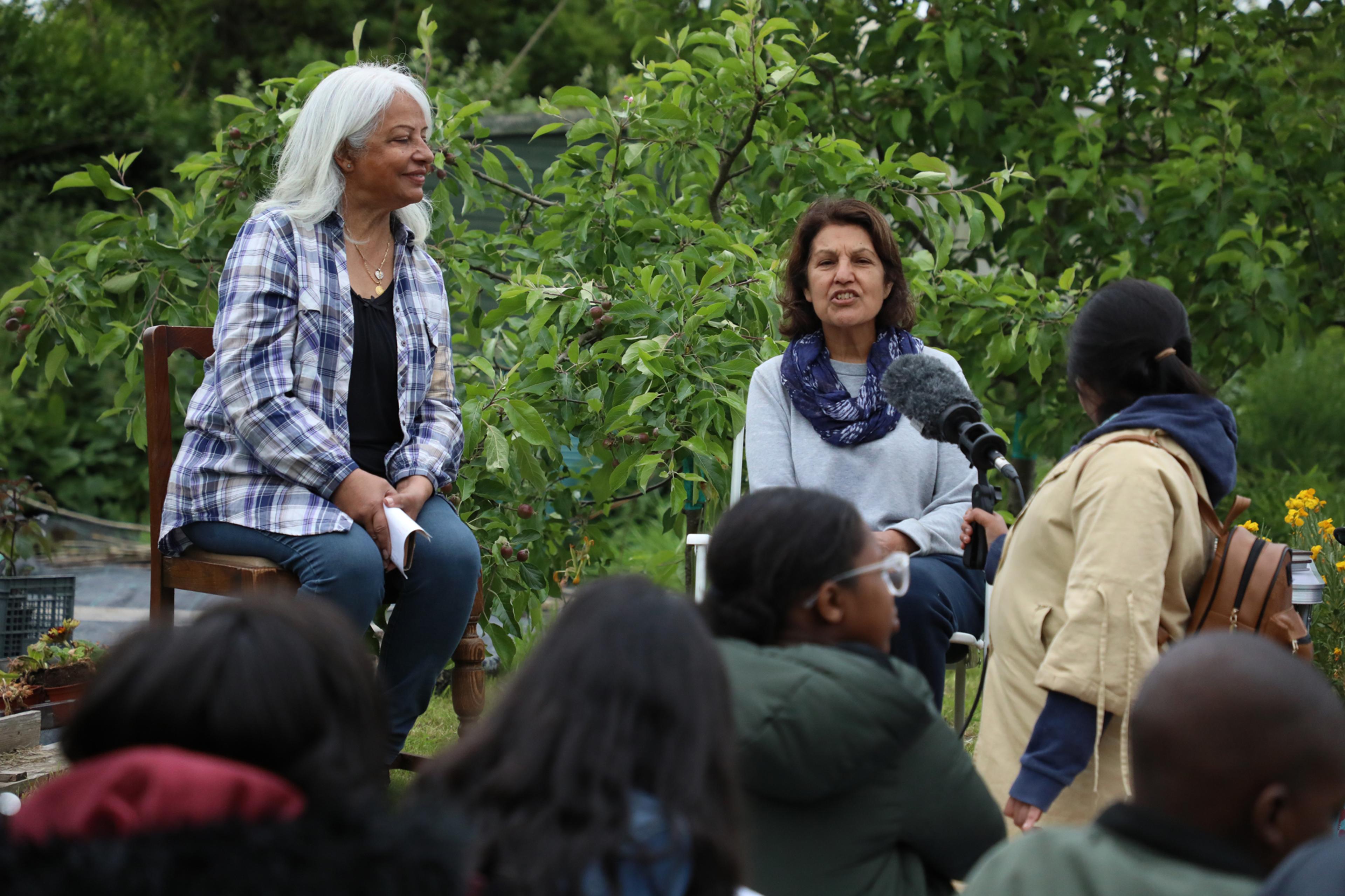
Can you dig it?
It is impossible to capture the complete history of allotments in the city: they have a complex, multi-faceted past and early record-keeping was frequently haphazard.
As one site secretary memorably said to us:
“It’s like we are guessing at what the lives were like of civilizations from thousands of years ago who never wrote anything down. My predecessor as secretary, who I took over from, burnt all his documents because he got in a mess and didn’t want to get into trouble with the council. He didn’t do anything wrong, but the systems for managing allotments are so arcane.”
We can, however, offer a snapshot of allotment culture and its experiential, lived history via 40 unique stories.
Allotments are very personal spaces, shaped by ordinary people living busy, complicated lives. Every plot holder has their own relationship with their plot; a different view on the land; individual opinions on flowers, plants and food; unique motivations for growing; distinct stories that led them to working their allotment.
From improved mental health to physical exercise, from peace and quiet to chatter and friendships, from growing food for yourself to sharing it with others, this project explores why allotments are important, even necessary, to each plot-holder, and to the community at large.
Tucked away behind fences and estates, hidden away from public view, the allotments are one of the city’s hidden treasures. These 113 largely secret gardens offer a lush, bio-diverse habitat, cultivating life forms that may otherwise be threatened. And along with the city’s parks and nature reserves, Birmingham’s allotments quite literally help her population to breathe.
Offering simple yet vital human pleasures – the joy of growing something from seed and watching it flourish; the mutual support of working together for the common good; the camaraderie of sharing land, tips, tools, food, conversation, laughter, experiences – the allotments provide us with models of practice for how we might live better, in the future.
Contact
generalpublicprojects@gmail.com / 07513 226203
*The project tagline ‘Wotta Lotta Culture’ is taken from a Birmingham Evening Mail article (Monday 26 August 1996) about Uplands allotments in Handsworth: “The Brum allotment where world-wide friendship grows and grows. WOTTA LOTTA CULTURE (...that's multi-culture and horticulture!)”.

The Brum allotment where world-wide friendship grows and grows
WOTTA LOTTA CULTURE (...that's multi-culture and horticulture!)